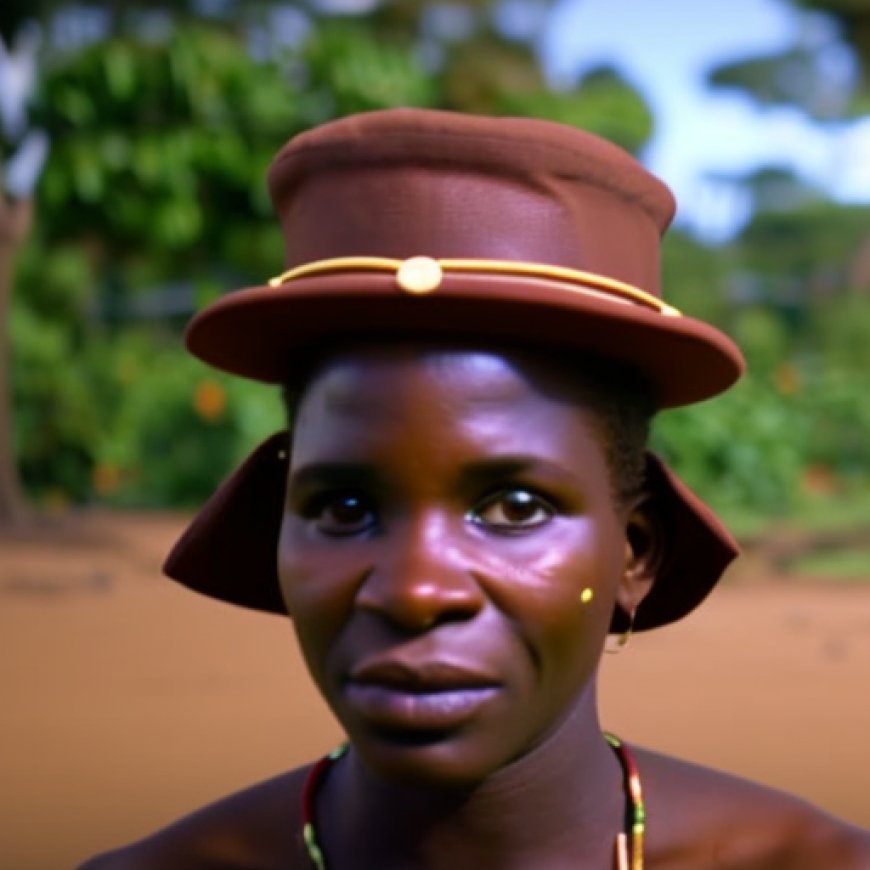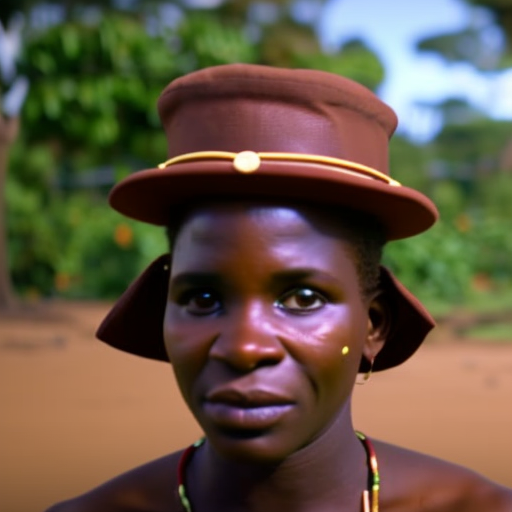Literacy for liberation: How the Socialist Party of Zambia is fighting illiteracy : Peoples Dispatch
Literacy for liberation: How the Socialist Party of Zambia is fighting illiteracy Peoples Dispatch


Graduation from the Fred M’membe Literacy and Agroecology Campaign Program
On March 21, over 350 people, the majority of whom were women, graduated from the Second Phase of the Fred M’membe Literacy and Agroecology Campaign Program. Officially launched in 2021, the program is the product of a collaboration between the Socialist Party (SP) of Zambia and the Samora Machel Internationalist Brigade of Brazil’s Landless Rural Workers’ Movement (MST).
Addressing Illiteracy in Zambia
In Zambia, illiteracy rates are a significant challenge, particularly among women. According to Zambia’s 2018 Demographic and Health Survey, one-third of women and 18% of men in the country were illiterate. The literacy program aims to address this issue by teaching over 4,000 workers, women, and marginalized groups to read, write, and speak in English—the country’s official language.
Gender Equity and Empowerment
The literacy program plays a crucial role in promoting gender equity and empowering marginalized communities. It provides an opportunity for women who have been historically excluded from political processes, the economic sector, and education to gain critical skills. The program aims to bridge the gap between urban and rural areas, where illiteracy rates are significantly higher.
Importance of English Literacy
While Zambia has over 70 Indigenous languages, the emphasis on English literacy is essential due to its incorporation into all areas of political, social, and cultural life in the country. English literacy enables individuals to access basic services such as education and healthcare.
Agroecology and Food Security
The literacy program not only focuses on literacy but also incorporates agroecology. This is particularly relevant in a country where smallholder farmers produce 90% of the food and are vulnerable to climate shocks. The program aims to empower farming families with knowledge and skills in sustainable agriculture.
International Solidarity and Collective Learning
The program draws inspiration from successful literacy initiatives in Cuba, Venezuela, and Guinea-Bissau. It emphasizes the importance of international solidarity and collective learning in addressing illiteracy and promoting social transformation. The program also integrates popular health interventions to improve the well-being of participants and their communities.
Impact and Future Expansion
The Fred M’membe Literacy and Agroecology Campaign Program has had a significant impact on participants, their families, and society as a whole. It has empowered individuals to support their families, engage in political processes, and contribute to sustainable development. The program’s success has prompted the SP to assess the first and second phases and explore opportunities for further expansion in a third phase.
SDGs, Targets, and Indicators
1. SDGs Addressed or Connected to the Issues Highlighted in the Article
- SDG 4: Quality Education
- SDG 5: Gender Equality
- SDG 10: Reduced Inequalities
- SDG 13: Climate Action
- SDG 15: Life on Land
2. Specific Targets Based on the Article’s Content
- Target 4.6: By 2030, ensure that all youth and a substantial proportion of adults, both men and women, achieve literacy and numeracy.
- Target 5.1: End all forms of discrimination against all women and girls everywhere.
- Target 10.2: By 2030, empower and promote the social, economic, and political inclusion of all, irrespective of age, sex, disability, race, ethnicity, origin, religion, or economic or other status.
- Target 13.3: Improve education, awareness-raising, and human and institutional capacity on climate change mitigation, adaptation, impact reduction, and early warning.
- Target 15.1: By 2020, ensure the conservation, restoration, and sustainable use of terrestrial and inland freshwater ecosystems and their services.
3. Indicators Mentioned or Implied in the Article
- Indicator 4.6.1: Proportion of the population in a given age group achieving at least a fixed level of proficiency in functional (a) literacy and (b) numeracy skills, by sex.
- Indicator 5.1.1: Whether or not legal frameworks are in place to promote, enforce, and monitor equality and non-discrimination on the basis of sex.
- Indicator 10.2.1: Proportion of people living below 50 percent of median income, by sex, age, and persons with disabilities.
- Indicator 13.3.1: Number of countries that have integrated mitigation, adaptation, impact reduction, and early warning into primary, secondary, and tertiary curricula.
- Indicator 15.1.1: Forest area as a proportion of total land area.
SDGs, Targets, and Indicators Table
| SDGs | Targets | Indicators |
|---|---|---|
| SDG 4: Quality Education | Target 4.6: By 2030, ensure that all youth and a substantial proportion of adults, both men and women, achieve literacy and numeracy. | Indicator 4.6.1: Proportion of the population in a given age group achieving at least a fixed level of proficiency in functional (a) literacy and (b) numeracy skills, by sex. |
| SDG 5: Gender Equality | Target 5.1: End all forms of discrimination against all women and girls everywhere. | Indicator 5.1.1: Whether or not legal frameworks are in place to promote, enforce, and monitor equality and non-discrimination on the basis of sex. |
| SDG 10: Reduced Inequalities | Target 10.2: By 2030, empower and promote the social, economic, and political inclusion of all, irrespective of age, sex, disability, race, ethnicity, origin, religion, or economic or other status. | Indicator 10.2.1: Proportion of people living below 50 percent of median income, by sex, age, and persons with disabilities. |
| SDG 13: Climate Action | Target 13.3: Improve education, awareness-raising, and human and institutional capacity on climate change mitigation, adaptation, impact reduction, and early warning. | Indicator 13.3.1: Number of countries that have integrated mitigation, adaptation, impact reduction, and early warning into primary, secondary, and tertiary curricula. |
| SDG 15: Life on Land | Target 15.1: By 2020, ensure the conservation, restoration, and sustainable use of terrestrial and inland freshwater ecosystems and their services. | Indicator 15.1.1: Forest area as a proportion of total land area. |
Behold! This splendid article springs forth from the wellspring of knowledge, shaped by a wondrous proprietary AI technology that delved into a vast ocean of data, illuminating the path towards the Sustainable Development Goals. Remember that all rights are reserved by SDG Investors LLC, empowering us to champion progress together.
Source: peoplesdispatch.org

Join us, as fellow seekers of change, on a transformative journey at https://sdgtalks.ai/welcome, where you can become a member and actively contribute to shaping a brighter future.







